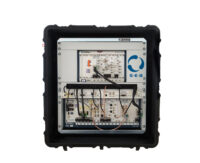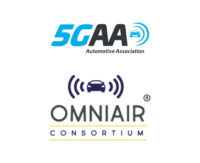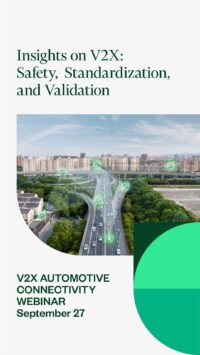V2X Technology – Safe and Efficient Traffic
V2X (Vehicle-to-Everything)
V2X (Vehicle-to-Everything) communications is going to transform the mobility industry to improve the safety and efficiency of vehicles and autonomous systems. “Everything” in V2X refers to any traffic participant like vehicles, pedestrians, bikes and others, as well as traffic signs, traffic lights and other infrastructure.
The core functionality of the V2X technology is continuous information exchange between all traffic members about their current status and actual events by wireless communication – either by direct exchange or using communication infrastructure like mobile networks. Unlike other sensors for autonomous vehicles (cameras, radar, LiDAR) V2X can provide information which is non-line-of-sight and independent of weather conditions. Therefore, V2X communication will be essential for level 4 and level 5 autonomous vehicles.
Low latency and fast change of communications partners is a crucial requirement which is solved by direct communication between the traffic nodes. The additional application of mobile networks can support V2X in the future. Communication between multiple partners makes it essential that V2X interfaces are conformed to communication standards and RF-regulations. The competing V2X communication standards are implemented alternatively by 802.11p based on IEEE Wi-Fi standards or 4G/5G cellular technology (LTE-V, 5G-NR) based on the 3GPP communication standards. Both communication standards are derivatives of existing technologies, which are specifically designed for the demands of the traffic application.
The information exchanged and the reaction to specific situations (called use cases) require standards for data structures and behavioral models. These higher levels of communication are defined in different standards for the major regions of the world, e.g. US, Europe and China.
Extensive tests of V2X components and software on all different technical levels are essential for reaching the final goal of increased safety and save lives in the future.







